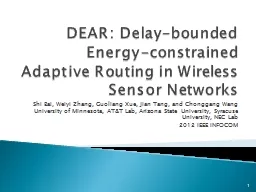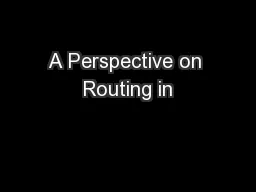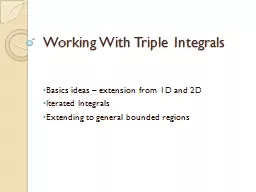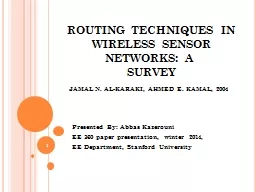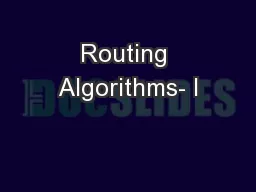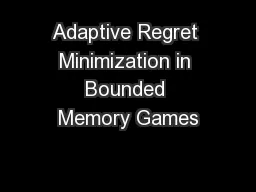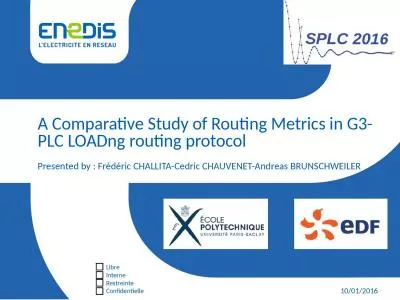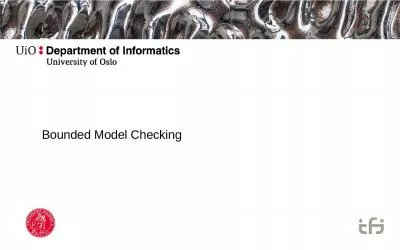PPT-DEAR: Delay-bounded Energy-constrained Adaptive Routing in
Author : celsa-spraggs | Published Date : 2016-03-08
Shi Bai Weiyi Zhang Guoliang Xue Jian Tang and Chonggang Wang University of Minnesota ATampT Lab Arizona State University Syracuse University NEC Lab 2012
Presentation Embed Code
Download Presentation
Download Presentation The PPT/PDF document "DEAR: Delay-bounded Energy-constrained A..." is the property of its rightful owner. Permission is granted to download and print the materials on this website for personal, non-commercial use only, and to display it on your personal computer provided you do not modify the materials and that you retain all copyright notices contained in the materials. By downloading content from our website, you accept the terms of this agreement.
DEAR: Delay-bounded Energy-constrained Adaptive Routing in: Transcript
Download Rules Of Document
"DEAR: Delay-bounded Energy-constrained Adaptive Routing in"The content belongs to its owner. You may download and print it for personal use, without modification, and keep all copyright notices. By downloading, you agree to these terms.
Related Documents

